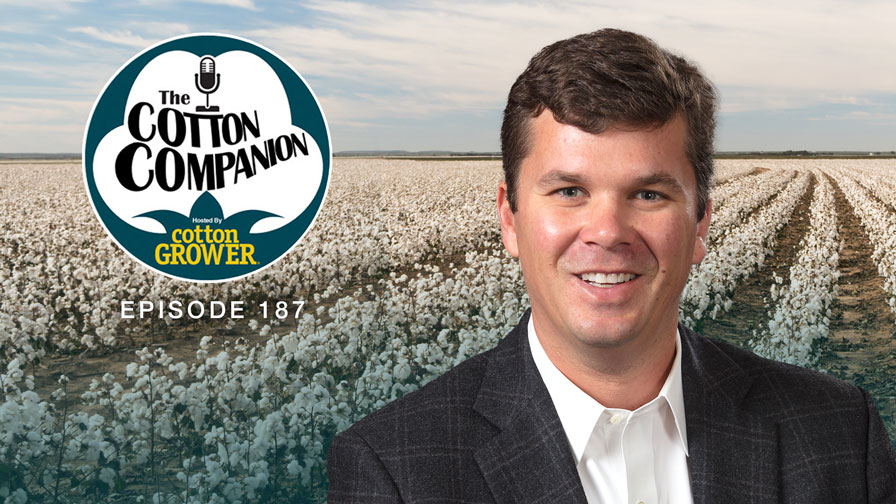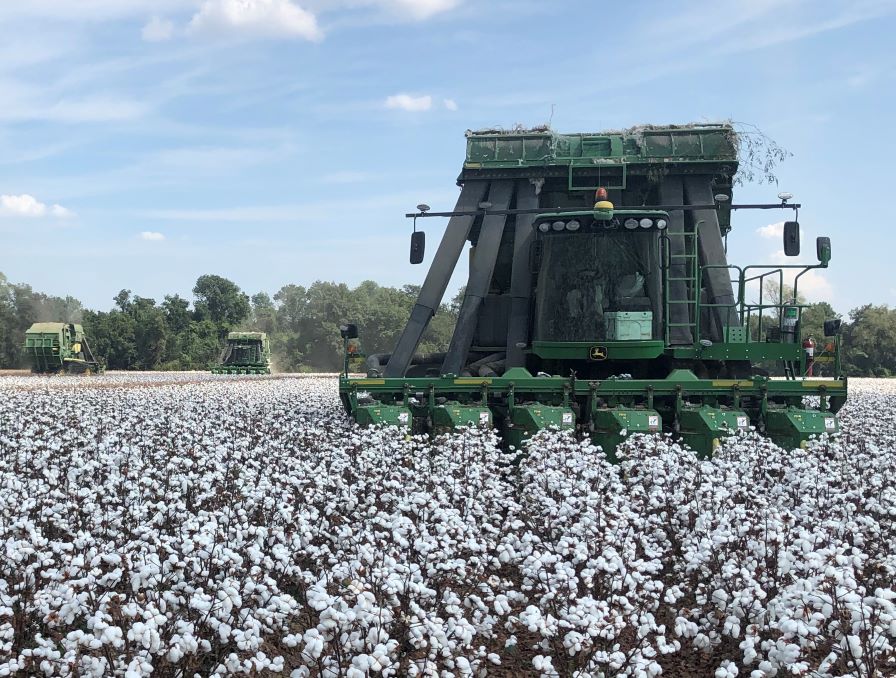ESA Compliance: Adapting to a New Regulatory Environment
In April 2022, the U.S. EPA issued an historic document, “Balancing Wildlife Protection and Responsible Pesticide Use: How EPA’s Pesticide Program Will Meet its Endangered Species Act (ESA) Obligations.”
This “workplan” described how the agency would comply with the ESA before registering any new conventional pesticides, and, for registration reviews (which occur on 15-year intervals), ensure that each existing active ingredient continues to meet the Federal Insecticide, Fungicide, and Rodenticide Act (FIFRA) standard of causing no unreasonable adverse effects.
The agriculture industry is especially interested in EPA’s three separate strategies pertaining to herbicides, insecticides, and fungicides [EPA has also published a Rodenticide Strategy]. The final Herbicide Strategy was released in August 2024.
According to the EPA, the goal of the Herbicide Strategy is “to develop a broad approach to address spray drift and runoff transport from treated fields to minimize exposure to listed 15 plants from herbicides…” and protect animal species that rely on specific plants.
The ESA will apply what it learns from the Herbicide Strategy to develop strategies for other pesticide groups, including insecticides and fungicides.
The public comment period on the draft Insecticide Strategy closed last September. The draft Fungicide Strategy has yet to be released.
Simply put, the EPA’s workplan for complying with the ESA is one of the most profound regulatory changes the agriculture industry has faced in decades. Its potential industry impact cannot be overstated. However, it is the grower community that could bear the brunt of the burden.
Unifying the Industry
In response to the EPA’s workplan, ag industry associations, including the Council of Producers and Distributors of Agrotechnology (CPDA), CropLife America (CLA), and the Agricultural Retailers Association (ARA), are taking the lead to advocate on behalf of growers for practical mitigation options for growers, increase industry collaboration, and explore ways to help EPA meet its goals while maintaining the industry’s voice in the process.
CropLife America President/CEO Alex Dunn, President and CEO of CropLife America, says building partnerships is key, including collaboration with distributors to help share information about the EPA workplan and potential changes for growers. Crop advisors and ag Extension also play a vital role in helping raise awareness and providing guidance.
Notwithstanding the sheer complexity and widespread impacts of the EPA’s workplan, the rollout and response is slightly less challenging in terms of timing, considering that changes to product labels will be made as each new registration and registration review comes before the agency.
The label is the law, emphasizes Dunn, meaning that the Herbicide Strategy by itself does not impose endangered species requirements. The strategy elements have to be incorporated into label requirements for specific products.
Currently, very few products have explicit ESA requirements that have been incorporated onto the label.
Some growers may not have to do anything right now because the products they are using have not yet gone through the EPA’s ESA review process. However, the industry could start seeing the first label changes for registration reviewed products toward the end of 2025, and even sooner for new active ingredients.
Identifying Mitigation Strategies
Following the EPA’s release of its workplan, industry associations began working with the agency on ways to help EPA achieve its goals while simultaneously identifying and advising the most practical and effective ways to do it.
CPDA members represent 80% of U.S. distribution for the approximately $15 billion crop protection market, while approximately 80% of the inert ingredients used in agricultural production in the U.S. are provided by its members.
Scott Rawlins, CPDA Director of Governmental Relations, notes that the Herbicide Strategy is the most significant portion of the EPA’s ESA strategy simply because herbicides represent the bulk of overall pesticide use. A vast majority of farmers use herbicides, so most operations will face ESA-imposed restrictions.
Rawlins explains that for nearly two years, the CPDA has collected and submitted wind tunnel data on drift reduction adjuvants (DRAs) to EPA’s Environmental Fate and Effects Division (EFED) for review and analysis.
Following a series of meetings with EFED, the EPA agreed to include DRAs in the Herbicide Strategy as an approved mitigation tool. DRAs will be the easiest, lowest cost option for growers to reduce or eliminate no-spray buffer zones, he says.
Indeed, this was the “biggest win we’ve gotten so far,” says Eileen Bernard, Adjuvant Manager with Nutrien Ag Solutions and Chair of CPDA ESA, during CPDA’s annual meeting in September 2024.
Bernard underscored that it was an industry-wide effort to compile over 2,000 lines of data that reinforced the argument that adjuvants are a good option for keeping materials on-target while reducing off-target movement.
There’s still more work to be done on this front, however.
Currently, the EPA has only approved oil emulsion adjuvants as a mitigation tool. Bernard says the industry has submitted more data to support the inclusion of polyacrylamides and guar-based adjuvants, which she expects the agency will consider as a mitigation tool.
Adjuvants Positioned for Strong Growth
With DRAs approved by the EPA as a mitigation tool for the Herbicide Strategy, Scott Addy, Vice President, Brand Technology for Wilbur-Ellis and CPDA Executive Board member, sees strong growth potential for the broader adjuvant sector, with growth estimates anywhere from 15% to 45%.
The efficacy of DRAs is so compelling that Addy and others support the routine use of DRAs as a standard industry practice with multiple benefits beyond compliance with the ESA.
Terry Abbott, Senior Product Portfolio Manager at Adjuvants Unlimited and CPDA Chairman, says the bottom line is adjuvants help pesticides become more efficacious when added to the spray tank. “The last thing we want is to have a weed that’s not completely dead, because weeds that are half alive can produce seeds for the next year, and potentially lead to herbicide resistance,” he says.
Even in a tight agricultural economy, or conversely, especially in a tight economy, Abbott says adjuvants should be top-of-mind. He notes that typically the pesticide is the most expensive part of the spray application.
“So, as a grower, why would you shortchange yourself on the one thing — the adjuvant — that will make it a lot more effective?” he suggests.
The current economy is forcing growers to look at their operation more critically, including reevaluating all their operating costs, which include all their inputs they will apply to their crops, acknowledges Abbott.
Lenders are scrutinizing loan applications. If a grower goes to the bank and asks for an operating loan, the bank is going to look at the average yield, they are going to use their algorithms and run their calculations, says Abbott. Growers need to make the absolute best decision about their farming operation, and adjuvants are an important part of the equation.
With the current economic environment, Abbott says some growers run the risk of thinking about the “curative versus the preventative” when it comes to their spray applications.
It’s important that growers remain proactive with weed control. However, some growers get consumed with other costs, such as buying seed, paying for labor, making land payments and so on, and then find themselves behind the curve on weed control.
Abbott advises growers to start early and work with a technical advisor or agronomist to put a plan together and work the plan.
“This is the time to focus on what will increase your yields. The less you take to market, the less money you get for your crop,” he says.
For more information, download Meister Media’s Special Report The ABCs of ESA









